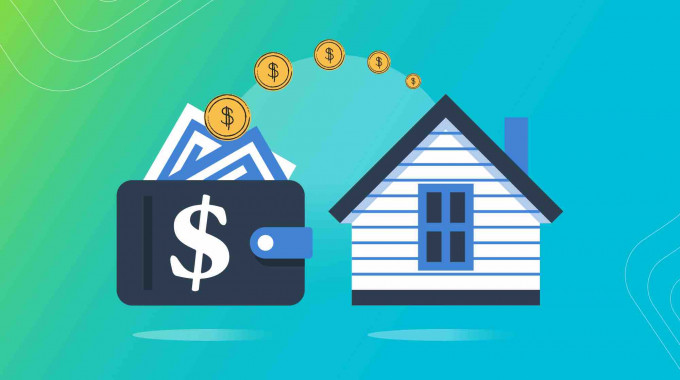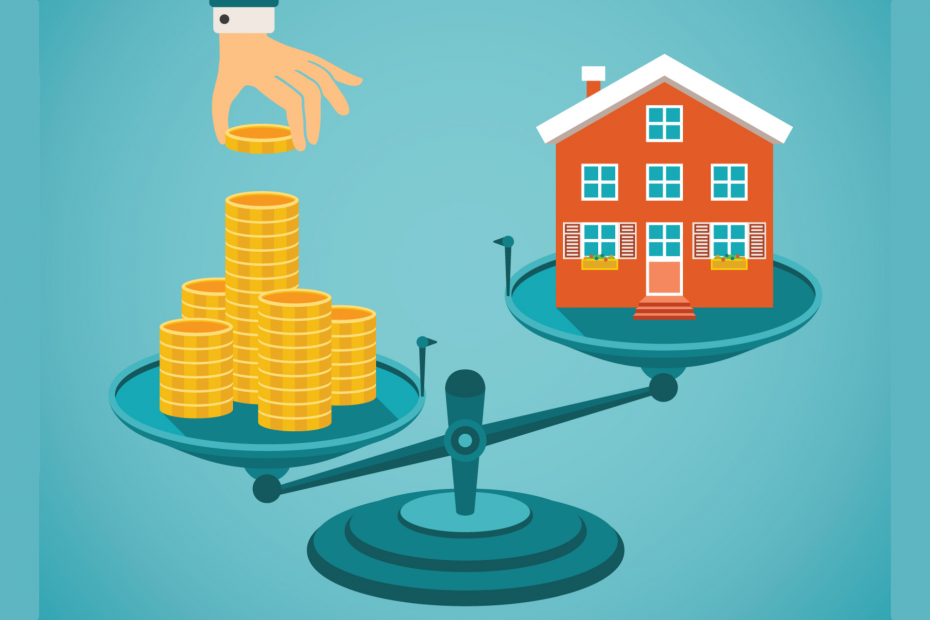Comparing AI-Assisted Designs to Traditional Design Methods
The advent of artificial intelligence (AI) has transformed numerous industries, and design is no exception. From architecture to graphic design, AI-assisted tools are reshaping how designers conceptualize, create, and implement their ideas. This article compares AI-assisted designs to traditional design methods, highlighting the advantages and limitations of each approach.

▎Understanding Traditional Design Methods
Traditional design methods have long been the backbone of creative industries. These methods rely heavily on human intuition, experience, and manual skills. Designers typically follow a series of steps that include research, brainstorming, sketching, prototyping, and refining their concepts through feedback and iteration.
Key Characteristics of Traditional Design:
1. Human-Centric Approach: Traditional design emphasizes human creativity and intuition. Designers leverage their experiences and insights to inform their work, often leading to unique and innovative outcomes.
2. Iterative Process: The traditional design process is inherently iterative. Designers create multiple prototypes or drafts, gathering feedback at each stage to refine their ideas.
3. Subjectivity: Design decisions in traditional methods are often subjective, influenced by personal taste and cultural context. This can result in designs that resonate deeply with specific audiences but may not appeal universally.
4. Time-Intensive: The manual nature of traditional design can be time-consuming. Designers may spend significant hours on research, sketching, and revisions before arriving at a final product.
▎The Rise of AI-Assisted Design
AI-assisted design leverages machine learning algorithms and data analytics to enhance the design process. These tools can analyze vast amounts of data, generate design options, and provide insights that inform decision-making.
Key Characteristics of AI-Assisted Design:
1. Data-Driven Insights: AI can analyze user behavior, market trends, and historical data to inform design choices. This allows designers to create more targeted and relevant solutions based on empirical evidence.
2. Rapid Prototyping: AI tools can quickly generate multiple design options based on predefined parameters. This accelerates the prototyping phase, enabling designers to explore a wider range of possibilities in less time.
3. Enhanced Collaboration: AI can facilitate collaboration among team members by providing real-time feedback and suggestions. This helps streamline the design process and fosters a more cohesive team dynamic.
4. Personalization: AI algorithms can analyze user preferences and behaviors to create personalized designs tailored to individual needs. This level of customization was challenging to achieve with traditional methods alone.
▎Comparing the Two Approaches
While both traditional and AI-assisted design methods have their merits, they also have distinct differences that can influence project outcomes.
1. Creativity vs. Efficiency:
• Traditional Design: Emphasizes human creativity and the unique touch of individual designers. It allows for artistic expression but may be slower.
• AI-Assisted Design: Prioritizes efficiency by automating repetitive tasks and generating multiple options quickly. However, it may lack the nuanced creativity that comes from human intuition.
2. Subjectivity vs. Objectivity:
• Traditional Design: Relies on subjective judgments, which can lead to innovative solutions but may also introduce biases.
• AI-Assisted Design: Utilizes objective data analysis to inform decisions, potentially reducing bias but also risking a loss of personal touch.
3. Iteration Speed:
• Traditional Design: Iteration can be slow due to the manual nature of revisions.
• AI-Assisted Design: Rapid prototyping capabilities allow for quicker iterations, enabling designers to test and refine ideas more efficiently.

4. Scalability:
• Traditional Design: Scaling projects often requires additional human resources, which can be costly.
• AI-Assisted Design: AI tools can scale designs more easily by automating processes and handling larger datasets without a proportional increase in costs.
▎Limitations of Each Approach
Despite their strengths, both traditional and AI-assisted designs face limitations:
• Traditional Design Limitations:
• May struggle with scalability for large projects.
• Time-consuming processes can lead to missed deadlines.
• Subjective biases can affect design outcomes.
• AI-Assisted Design Limitations:
• Dependence on data quality; poor data can lead to flawed designs.
• Potential lack of emotional depth or cultural understanding in designs generated solely by algorithms.
• Risk of over-reliance on technology, which may stifle human creativity.
▎Conclusion
Both traditional and AI-assisted design methods offer valuable approaches to the creative process. While traditional methods emphasize human intuition and creativity, AI-assisted designs leverage data-driven insights and efficiency. The best results often come from a hybrid approach that combines the strengths of both methodologies—using AI tools to enhance human creativity while retaining the personal touch that defines great design.
As technology continues to evolve, the relationship between traditional and AI-assisted design will likely become more intertwined, leading to innovative solutions that capitalize on the strengths of both worlds. Embracing this synergy will be crucial for designers seeking to navigate the complexities of an increasingly digital landscape while maintaining the essence of human creativity.





